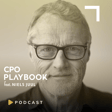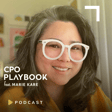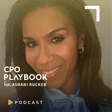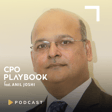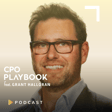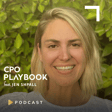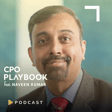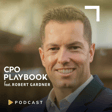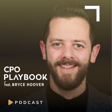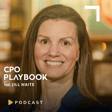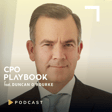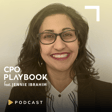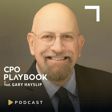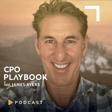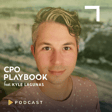
HBR on Career Pathing with SVP Angela Cheng-Cimini
In this episode of CPO Playbook, Felicia Shakiba dives deep into career path design with Angela Cheng-Cimini, Senior VP of Talent and CHRO at Harvard Business Publishing. Discover how Angela tackled the challenge of professional growth by developing an impactful career framework driving talent management success. From leveraging data insights for career path design to fostering collaboration, Angela shares how her innovative approach has enhanced employee engagement and doubled internal mobility. With a strategic focus on HR strategy and organizational development, Angela reveals how exit interviews unearthed gaps in career development, leading her to create a tailored, data-driven career development strategies. Collaboration for career development and gaining leadership buy-in were critical in shaping this initiative, empowering employees to define their future and building a transparent culture of growth. A great opportunity to learn career development strategies to elevate your workforce, boost internal mobility, and create real growth opportunities!
